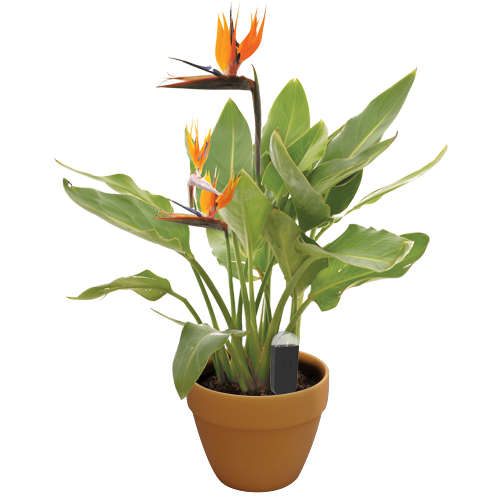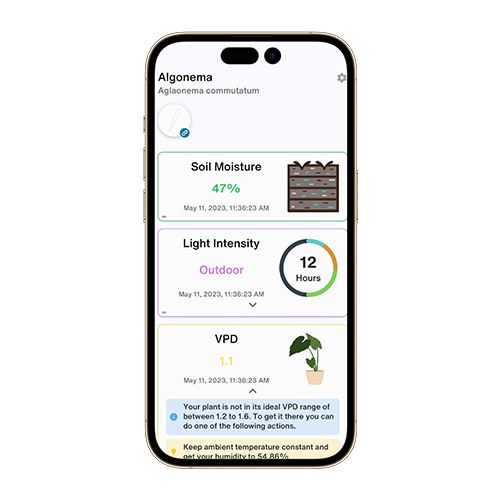Eryngium planum
TAXONOMY
FamilyApiaceae
GenusEryngium
Zone4
LEARN MORE
Plants of the World OnlineABOUT
Eryngium planum, commonly known as Blue Eryngo or Flat Sea Holly, is a perennial plant in the Apiaceae family. It is native to central and southeastern Europe and is known for its striking blue flowers and spiky foliage. The plant typically goes dormant in the winter months.
ALSO KNOWN AS
Flat Sea Holly
Eryngium armatum
Eryngium brunardii
Eryngium caeruleum
Eryngium intermedium
Eryngium latifolium
Eryngium planifolium
Eryngium planum var. armatum
Eryngium pumilum
Eryngium pusillum
OVERVIEW
VPDCalculate
WaterDry
SoilLoamy
LightDirect Bright (6 Hours)
Temperature20° C
Humidity50%
Dormancy3 Months
pH6.5
Pressure1,013 mbar
DETAILS
Care Instructions
Eryngium planum thrives in full sun and prefers moderate temperatures. It requires well-drained soil and should be watered sparingly, allowing the soil to dry out between waterings. The plant can tolerate average humidity levels and does not require high humidity.Soil
Eryngium planum prefers well-drained loamy soil. It can tolerate poor soil conditions but thrives best in soil that is not overly rich in nutrients. Good drainage is essential to prevent root rot.Fertilizer
Fertilize Eryngium planum with a balanced fertilizer such as 5-10-10 in the early spring. Avoid over-fertilizing, as this can lead to excessive foliage growth at the expense of flowers.Repotting
Repot Eryngium planum in the early spring if it has outgrown its container. Choose a pot that is slightly larger than the current one and ensure it has good drainage. Gently remove the plant from its old pot, shake off excess soil, and place it in the new pot with fresh soil.Propagation
Eryngium planum can be propagated by seeds or division. Sow seeds in the spring or fall, or divide mature plants in the spring. Ensure that each division has a portion of the root system and replant immediately.Pruning
Prune Eryngium planum in the late fall or early spring to remove dead or damaged foliage. This helps to maintain the plant's shape and encourages healthy new growth. Deadheading spent flowers can also promote additional blooming.Toxicity
Eryngium planum is not known to be toxic to pets or humans. However, it is always advisable to handle plants with care and wash hands after gardening.Additional
Eryngium planum is a great addition to pollinator gardens as it attracts bees and butterflies. It is also deer-resistant and can be used in dried flower arrangements due to its long-lasting blooms.REVOLUTIONIZE YOUR PLANT CARE
Make Every Plant Smart

Plant Monitor
STAYS IN YOUR PLANT
Accurately measures the core metrics of your plant – soil moisture, light, temperature and humidity - as well as compound metrics such as Vapor Pressure Deficit (VPD) and Growing Degree Days (GDD).
Shop Now
